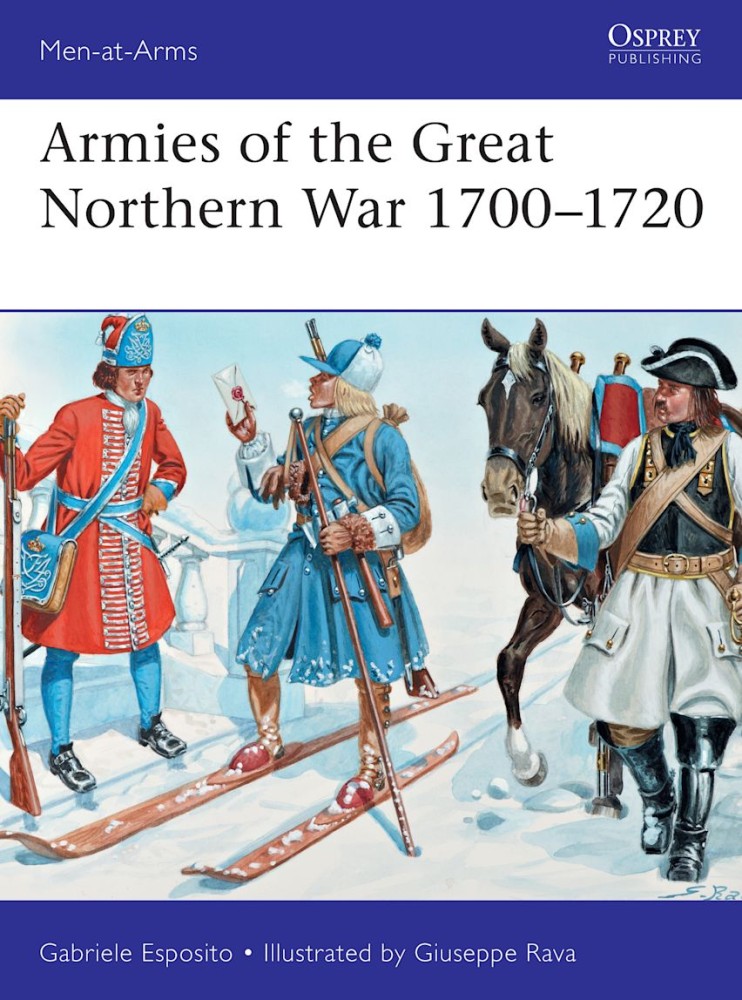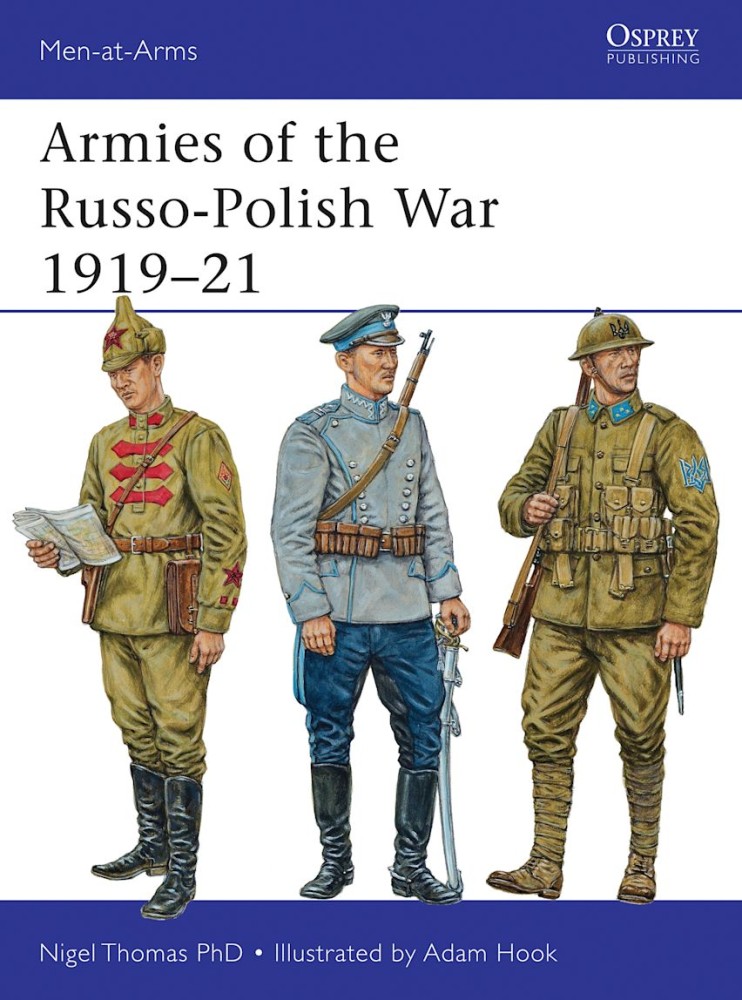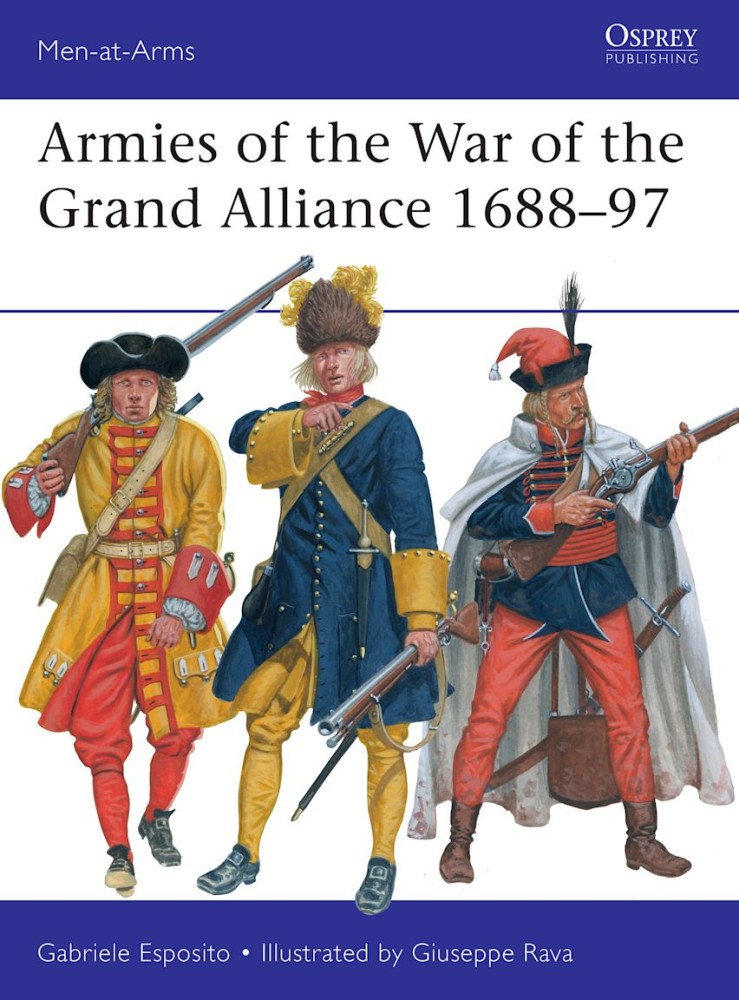The Great Northern War was a long series of campaigns in which Russia, linked with several other countries in temporary alliances, confronted and eventually replaced Sweden as the predominant power in Northern Europe. While contemporary with the Duke of Marlborough's pivotal campaigns against France, the Great Northern War was in fact more decisive, since it reshaped the Northern European power balance up to the eve of the Napoleonic Wars.
In 1917 Poland was recognised as a state by Russia, but the Bolshevik coup threatened this. The Polish leader Marshal Pilsudski hurried to build an army around Polish World War I veterans, and in 1918 war broke out for Poland's independence, involving the the Poles, the Red and White Russian armies, at least two different Ukrainian forces, and Allied intervention troops. The armies that fought these campaigns were extraordinarily varied in their uniforms and insignia, equipment and weapons, and when peace was signed in 1921, Poland had achieved recognised nationhood for the first time since 1794. Featuring specially commissioned full-colour artwork, this engaging study explains and illustrates the armies that fought in the epic struggle for the rebirth of the independent Polish nation, in the bitter aftermath of World War I.
This title explores and illustrates the armies of France, and six countries allied against Louis XIV, in a wide-ranging Continental conflict that ushered in more than a century of European warfare.



